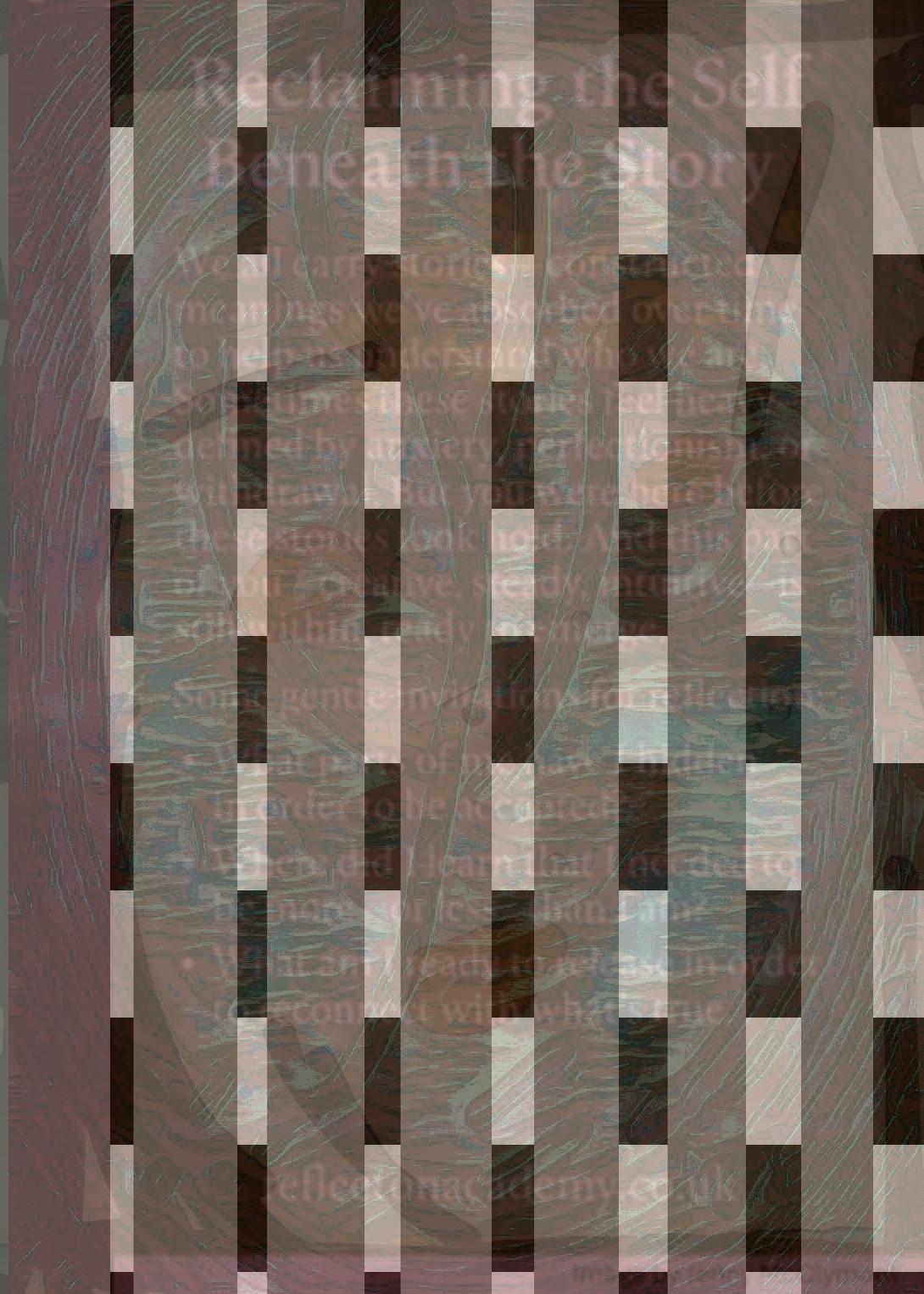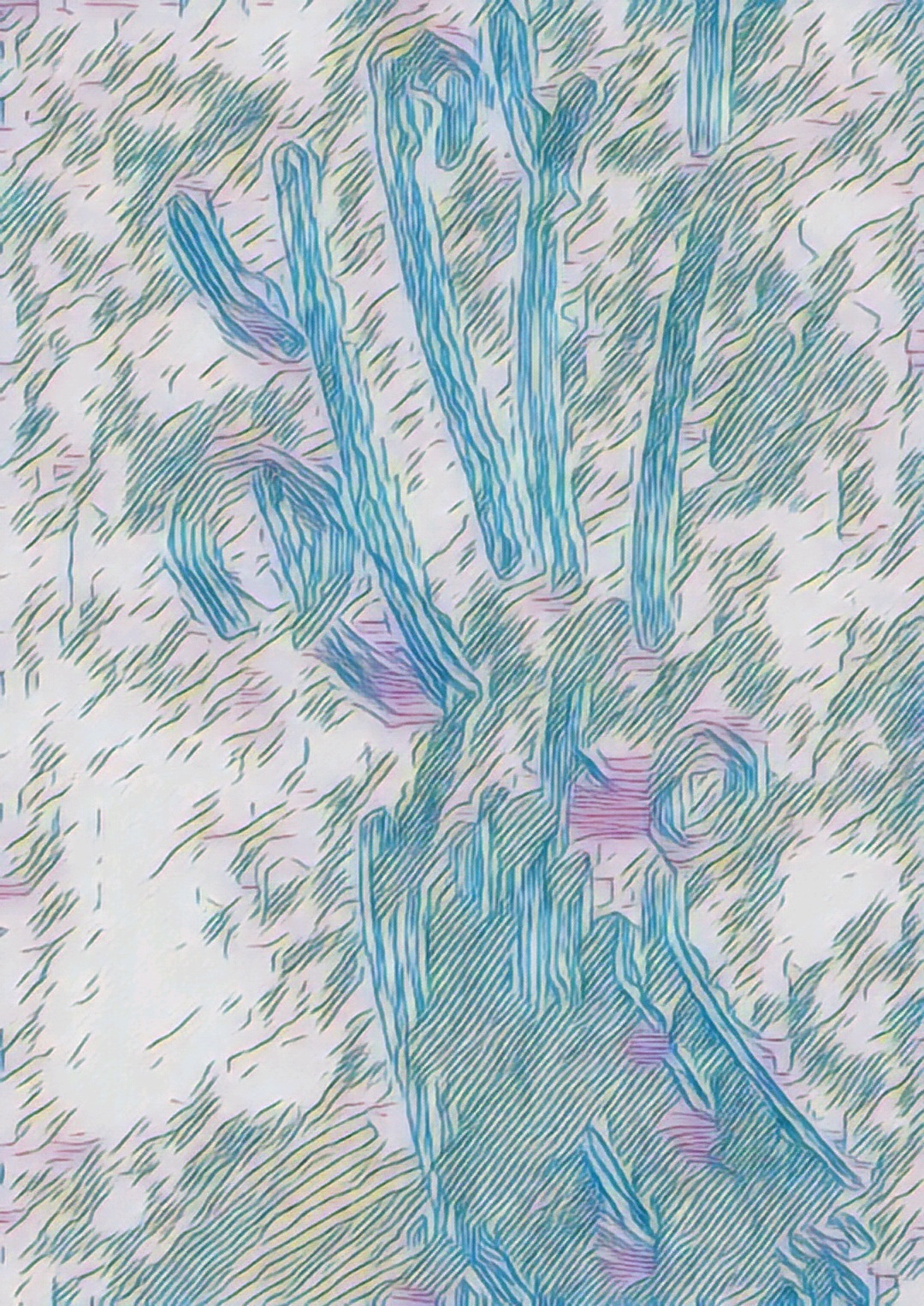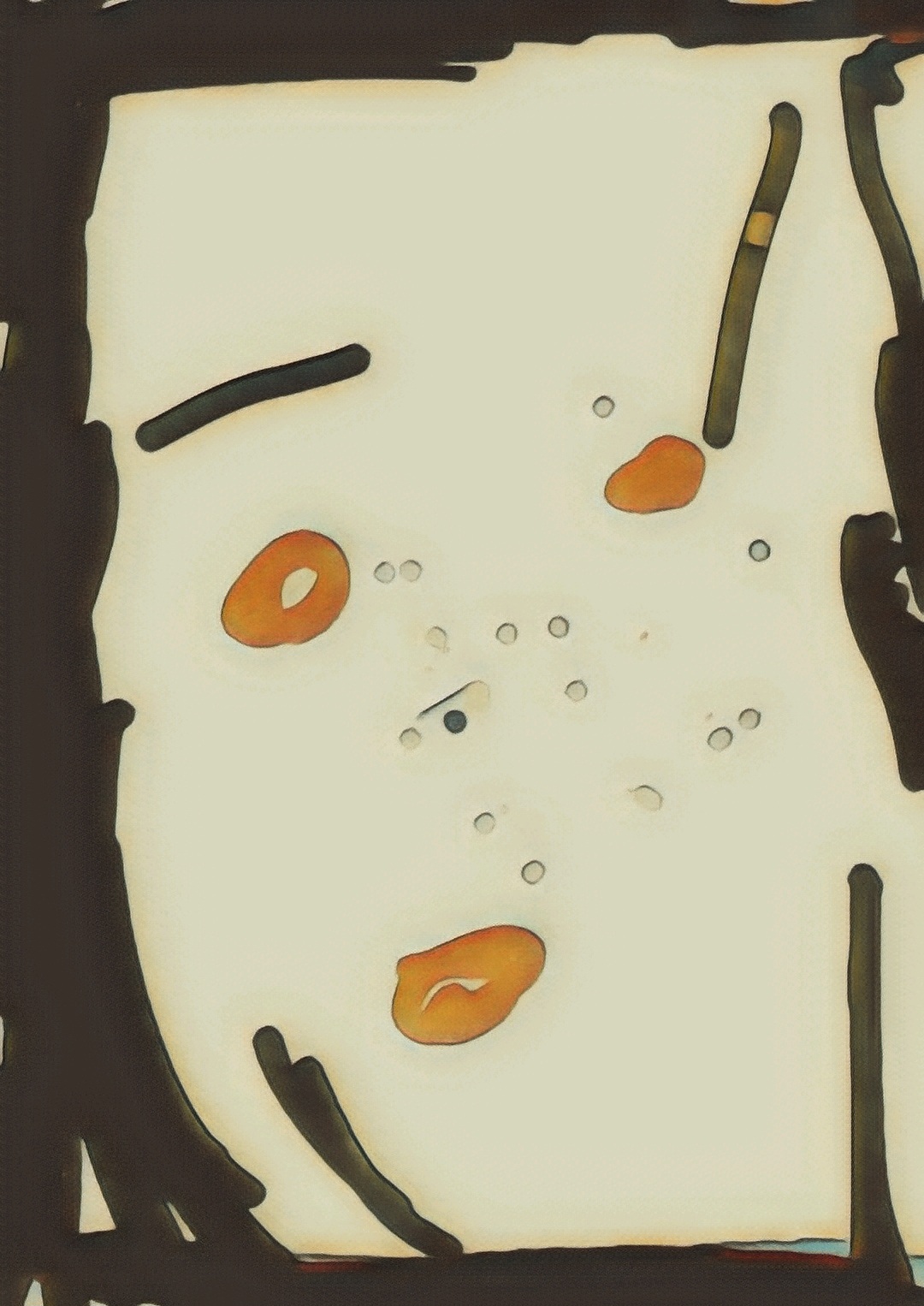
Reflective Questions
What grew for you this year?
What changed, even a little?
What are you carrying forward to 2026?


Reflective Questions
What grew for you this year?
What changed, even a little?
What are you carrying forward to 2026?

In today’s fast-paced world filled with opinions, social noise, and emotional triggers, relationships can feel overwhelming. We often swing between compassion and self-preservation, wondering where to draw the line between them.
This is where discernment becomes essential. Discernment is not about judging others or becoming distant; it’s about developing the clarity to make wise, grounded choices that protect your well-being while respecting others.
Within each person exists two powerful layers:
When we view life through the lens of the ego, flaws and insecurities become more pronounced. When we see through essence, we notice beauty, light, and untapped potential.
The challenge? Most people move between these states, influenced by both fear and love. Discernment means acknowledging both without idealising or condemning either.
True discernment is like adjusting a camera lens to capture the whole picture. It allows you to see both the shadow and the light in someone, without collapsing them into “all good” or “all bad.”
Ask yourself:
Discernment doesn’t require harshness or quick exits. It asks for honesty about what supports your growth and what drains it.
Empathy is beautiful, but unchecked, it can lead to over-giving and emotional burnout. When you see the best in someone, you may feel tempted to pour love and energy into their healing, even when they aren’t ready to do the work themselves.
Here’s the truth: You cannot love someone into wholeness if they refuse to take responsibility for their growth.
Practising discernment means:
Some situations call for silence instead of struggle. Not every argument is worth your peace. Before engaging in a heated discussion, ask:
Walking away isn’t weakness—it’s wisdom. Protecting your energy allows you to show up where your love and effort truly matter.
Closing Thought:

Image by Jenny McClymont
We are all shaped by stories — the ones we were told, the ones we absorbed in silence, and the ones we constructed to make sense of the world around us. These narratives can offer comfort and protection, mainly when they help us survive what once felt unbearable.
But sometimes, the stories that helped us cope begin to obscure the truth of who we are.
You may find yourself functioning well on the outside, yet quietly carrying beliefs like “I have to hold it all together,” or “If I shine too brightly, it won’t be safe.” These hidden scripts can echo through your relationships, your work, and your inner world — until they no longer feel like reflections, but restrictions.
Reconnecting with the story beneath the surface means asking: What am I believing about myself that no longer serves me? What part of me longs to be seen, heard, or reclaimed?
Through gentle reflection, journaling, movement, stillness, or expressive art, we can begin to reconnect with the self that existed before the coping — the intuitive, creative, and grounded self still quietly present beneath the noise.
This is not about erasing the past. It’s about listening with kindness to what lies beneath, softening the old patterns, and allowing something truer to emerge.
You are not your coping mechanisms.
You are not the story others wrote for you.
There is a deeper truth within you — and it’s time to let it speak.

Image by Jenny McClymont
Reconnecting with the Story Beneath the Surface
Many of us carry stories shaped by our survival, the environments in which we were raised and what was expected of us, or what we came to believe about ourselves when life felt too heavy, too fast, or too lonely.
But these stories, especially the ones we don’t speak aloud, are not always accurate reflections of who we are at our core.
We encourage you to notice gently: Are you living from your original self, or a collection of habits, responses, and learned beliefs? Many of us have wired our inner world to keep ourselves safe, but in doing so, we’ve also disconnected from parts of ourselves that hold creativity, courage, and joy.
Sometimes the well-functioning outer self hides a part that feels exhausted, unheard, or unsure if it’s safe to show up fully. There may be a voice that says, “Don’t shine too brightly, it’s not safe,” or “Don’t rest, you’ll fall behind.” These voices, though quiet, can shape how we work, love, relate to others, and dream.
Healing is not about erasing these parts; it’s about noticing them, listening kindly, and offering a new story where safety and strength can co-exist.
Like rebuilding a home, we begin by examining what lies beneath the surface: the beliefs, emotional habits, and internal structures that no longer serve us. Through creative reflection and expressive work — whether writing, journaling, movement, or even stillness — we give voice to the silent parts. We begin to unlearn shame, soften the inner critic, and integrate what we once hid away.
The work is deep, but the reward is clarity. Wholeness. A more honest relationship with yourself.
So I leave you with the question:
Are you living your true story, or one that was handed to you?
And if not, what story longs to be told now?